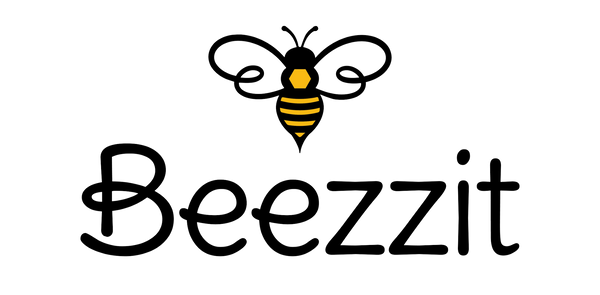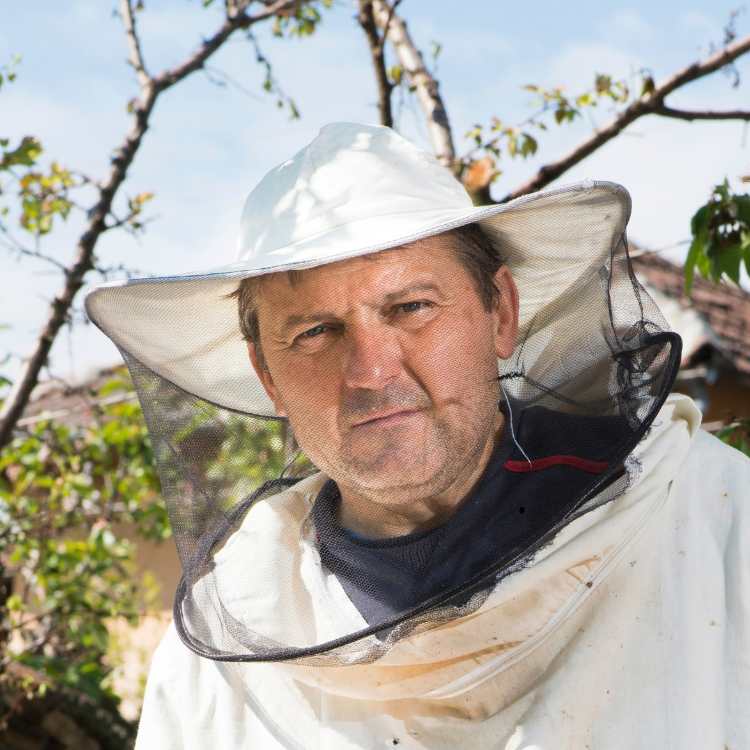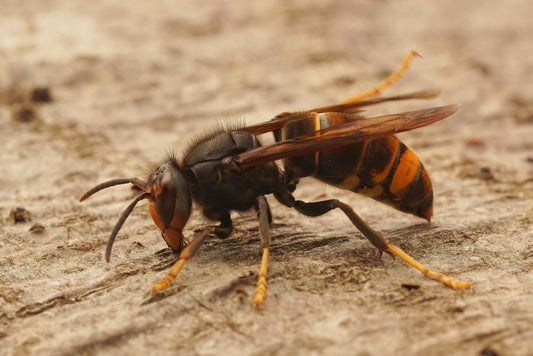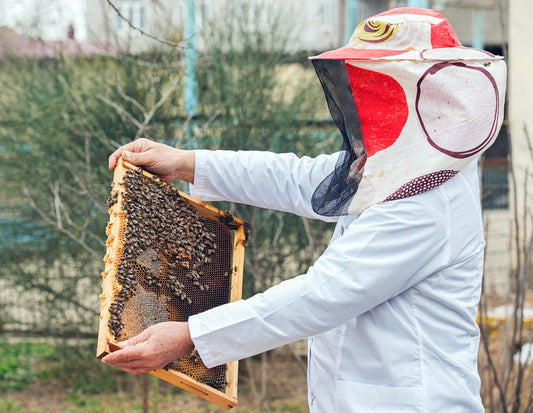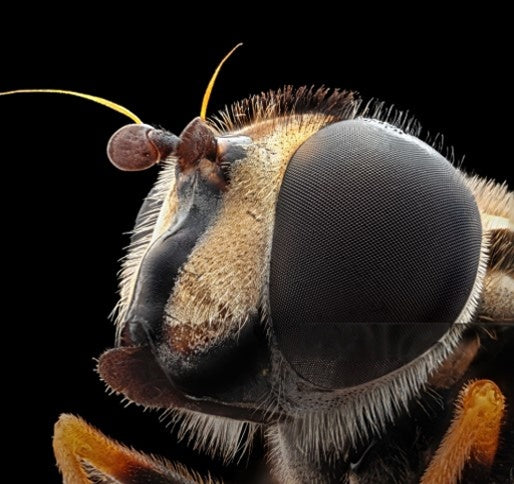The states like Montana, North Dakota, as well as California, always fall in the best states for beekeeping. This is due to the variety of flowers available there, suitable weather conditions, and also because these areas have communities that support beekeeping activities. Now we will try to understand what makes some states perfect for successful apiculture or honey production activity.
Climate Considerations
The best states for beekeeping usually have medium temperatures and enough rain to support various types of flowering plants. Florida and Georgia states provide longer periods with flowers, making it possible for bees to collect food almost all year. But, people who keep bees must deal with problems such as excessive moisture in the air and sometimes very severe weather conditions.
Montana is recognized as one of the best states for beekeeping due to its gentle summers and plenty of wildflowers. The state's diverse terrain gives quality food sources, while the chillier weather assists in managing pest populations naturally.
Agricultural Advantages
California is a top state for beekeeping, which can be attributed mainly to its huge farming sector. Just the almond farms in this state need more than two million hives every year for pollination, presenting major chances for those who are into commercial beekeeping.
North Dakota is showing up as one of the best states for beekeeping because of its large fields of canola and sunflowers. These plants, together with natural prairie flowers, give very good nectar sources during all growing seasons.
Regulatory Environment
Usually, the top states for beekeeping uphold encouraging rules and good disease management practices. Both Vermont and Washington have put forward advanced beekeeping policies that shield both business-related and leisure time beekeepers.
Minnesota is one of the best states for beekeeping, providing a broad support system for those who keep bees. The state offers teaching resources, inspection services, and understandable rules for city-based beekeeping.
Forage Availability
The best states for beekeeping offer a variety of rich food sources. The landscape in Oregon, which includes areas from the coast to high desert lands, contains many plants that produce nectar all throughout the season.
Wisconsin shows why it is one of the top states for beekeeping with its combination of farming land and nature spots. The clover fields, basswood trees, and wildflower meadows in the state offer great sources of nectar.

Honeybee foraging flower necter
Commercial Opportunities
Utah has shown to be one of the best states for beekeeping due to its robust local market for honey and other products from bees. The state's focus on sustainable agriculture opens many chances for pollination services.
Michigan is among the top states for beekeeping because it has various kinds of fruit and vegetable farms. These conditions generate a continuous need for pollination services and offer excellent sources of nectar.
Weather Patterns
The best states for beekeeping usually have steady weather patterns and sufficient rain. The climate of Idaho, with its clear seasons and a reasonable amount of rainfall, offers perfect situations for making honey.
Ohio shows why it is one of the top states for beekeeping. This is due to its steady changes in seasons and dependable rainfall patterns, which help maintain regular flows of nectar.
Support Systems
States that are most suitable for beekeeping have strong networks of education and support. Texas provides many resources via its services in agricultural extension and lively associations of beekeeping.
Iowa completes the list of the best states for beekeeping, having a strong group of seasoned beekeepers and long-standing mentorship schemes.
Challenges and Considerations
Even in favorable locations, beekeepers face various challenges:
- Pesticide exposure from agricultural operations
- Changing climate patterns affecting flowering times
- Competition for resources in heavily populated beekeeping areas
- State-specific regulations and inspection requirements
- Market access and competition from imported honey
Success Strategies
To succeed in any state, beekeepers should:
- Connect with local beekeeping associations
- Understand state-specific regulations and requirements
- Develop relationships with local farmers
- Maintain detailed records of colony health and production
- Invest in continuous education and skill development

Harvesting a beehive successfully
Emerging Opportunities
The practice of keeping bees in cities is increasingly popular across different states and there are several best states for beekeeping in the United States. Even in places not known for large-scale beekeeping, new possibilities emerge as city laws are adjusted to make room for backyard beekeepers.
Future Outlook
The alterations in climate and changes in farming methods may influence which states become the most appropriate for beekeeping in future years. Beekeepers who want to succeed must stay updated about these shifts and modify their habits as per need.
Wrapping Up
While many states provide great conditions for keeping bees, achieving success mainly relies on the beekeeper's knowledge, commitment, and skill to adjust to local conditions. If you are selecting the best states for beekeeping for commercial work or just as a hobby in beekeeping, knowing these factors can assist in maintaining sustainable and productive beehives. Do not forget that successful beekeeping is achievable anywhere when managed well and localized situations are given proper attention.
For more about honeybees and beekeeping, follow us here.
